Gustave Doré’s “The Triumph of Christianity Over Paganism” (1868) is one of the most iconic paintings in Christendom.
The artwork depicts a radiant cross towering above a chaotic heap of powerless pagan deities—images of gods like Jupiter and Venus—symbolizing their defeat. Above, angelic figures herald the triumph, while below, the broken remnants of heathen worship lie in ruin, emphasizing the supremacy of Christ over the pagan pantheon.
This was not a concept invented by Doré. Indeed, throughout the New Testament, Jesus was portrayed as being superior to the pantheon of Roman deities in a way that would have been unmistakable to the Greco-Roman mind. Below is a list demonstrating this concept, though it is by no means exhaustive, and some instances even overlap.
1. Authority over Poseidon/Neptune: By calming the sea and walking on water, Jesus demonstrated control over the natural elements governed by Poseidon (Greek) or Neptune (Roman). In Mark 4:35-41, Jesus calms a storm on the Sea of Galilee with a word. Later, he walks on water, further showing his superior authority over the realm of the sea, which the Greco-Roman world associated with these deities.
2. Authority over Hades/Pluto: Throughout his ministry, Jesus raised several individuals from the dead, including Lazarus (John 11:1-44), Jairus’ daughter (Mark 5:21-43), and the widow’s son at Nain (Luke 7:11-17). Each of these acts demonstrated his power over Hades (Greek) or Pluto (Roman), who were regarded as rulers of the underworld. Jesus’ own resurrection further affirmed his ultimate victory over death itself.
3. Authority over Asclepius: Healing the sick was a central aspect of Jesus’ ministry. He restored sight to the blind (John 9:1-12), cleansed lepers (Luke 17:11-19), and healed the paralyzed (Mark 2:1-12). In doing so, he displayed greater power than Asclepius, the Greco-Roman god of medicine and healing.
4. Authority over Demeter/Ceres: When Jesus miraculously multiplied food—feeding the 5,000 (John 6:1-14) and later the 4,000 (Mark 8:1-10)—he demonstrated authority over agriculture and abundance, domains traditionally associated with Demeter (Greek) or Ceres (Roman).
5. Authority over lesser deities and spirits: In Greco-Roman belief, minor deities or daimones influenced human affairs, sometimes possessing individuals. By casting out demons, as seen in Mark 5:1-20, Jesus demonstrated his dominion over these spirits, rebuking them with a word.
6. Authority over Zeus/Jupiter: Zeus (Greek) or Jupiter (Roman) was revered as the god of the sky, thunder, and storms. Jesus calming the storm (Mark 4:39) demonstrated that he held power over these elements, thereby asserting superiority over the chief god of the Greco-Roman pantheon.
7. Authority over Thanatos: In his resurrection (Matthew 28; Mark 16; Luke 24; John 20), Jesus triumphed over death itself. In Greco-Roman mythology, death was personified as Thanatos. Jesus’ rising from the dead demonstrated that he had complete authority over life and death.
8. Authority over Dionysus/Bacchus: At the wedding in Cana, Jesus turned water into wine (John 2:1-11), an act that directly challenged the power of Dionysus (Greek) or Bacchus (Roman), the god of wine and revelry. Jesus displayed that his creative authority far surpassed that of this widely worshipped deity.
9. Authority over Artemis/Diana and Pan: Jesus’ miracles affecting nature, such as cursing the fig tree (Mark 11:12-14, 20-21), demonstrated his power over Artemis (Greek) or Diana (Roman), the goddess of the wilderness, and Pan, who governed wild places and flocks.
10. Authority over Athena/Minerva: Wisdom was personified in Athena (Greek) or Minerva (Roman). However, Jesus’ teachings, such as the Sermon on the Mount (Matthew 5-7), revealed that he was the true source of wisdom and knowledge, surpassing even these revered goddesses.
11. Authority over Apollo: Jesus referred to himself as “the light of the world” (John 8:12), positioning himself above Apollo, the Greco-Roman god of the sun, prophecy, and enlightenment. Jesus’ claim made clear that he was the ultimate source of truth and illumination.
12. Authority over Ares/Mars: The Greco-Roman world exalted Ares (Greek) or Mars (Roman) as the god of war. Jesus, however, preached peace and sacrifice, subverting the traditional concept of victory. His triumph was not through violence but through self-sacrifice, challenging the authority of Ares/Mars in a profound way.
The list goes on, however, this theme of God’s triumph over false deities is not unique to the New Testament. A similar confrontation occurred during the ten plagues of Egypt, each of which targeted a significant Egyptian deity.
Exodus 12:12 states, “On all the gods of Egypt, I will execute judgment: I am the LORD.” In this, God declared war on the Egyptian deities, and in so doing, vividly demonstrated that not one of the false Egyptian gods was able to deliver them from the true and living God. These were not random acts of judgement, but a systematic dismantling of the false gods of paganism.
Once again, there is overlap, but broadly speaking, the plagues and their demonic counterparts were as follows:
1. Water Turned to Blood (Exodus 7:14-25): This plague demonstrated the Lord’s authority over Hapi, the god of the Nile, and Khnum, the god of the Nile’s source.
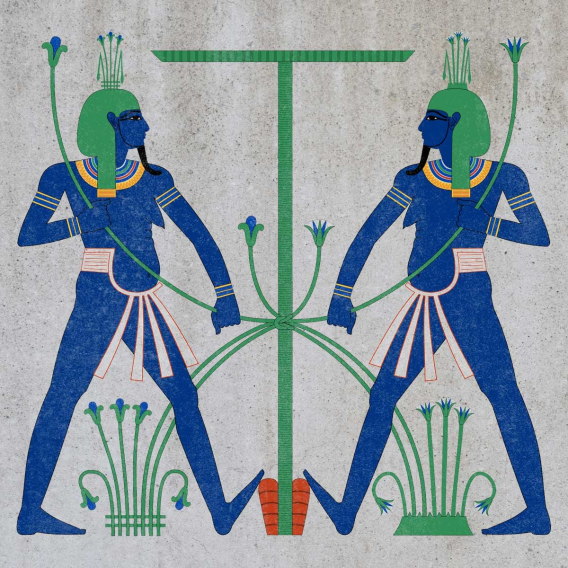
2. Frogs (Exodus 8:1-15): The overwhelming presence of frogs showcased God’s dominance over Heket, the goddess of fertility, often depicted as a frog.
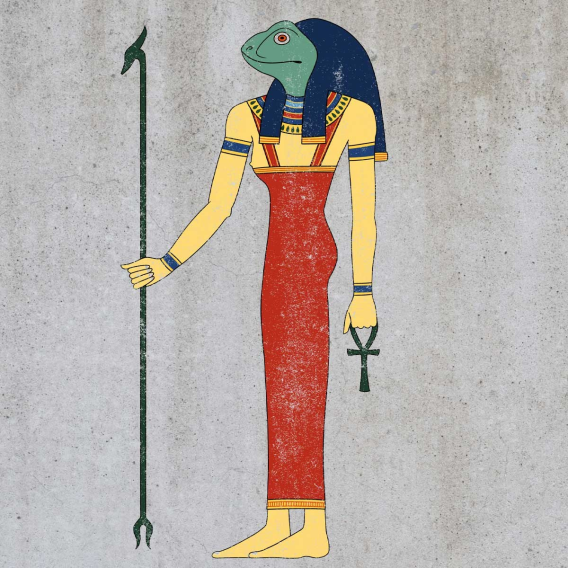
3. Gnats (Exodus 8:16-19): Turning dust into gnats displayed power over Geb, the god of the earth, and Heka, associated with magic, as Egyptian magicians failed to replicate the miracle.
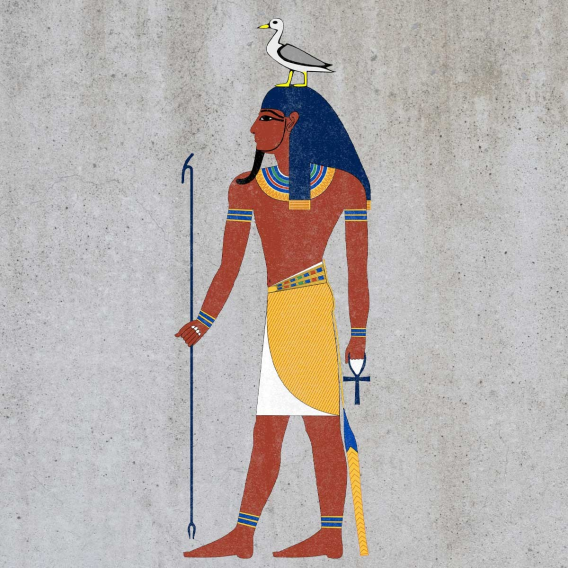
4. Flies (Exodus 8:20-32): The swarming flies demonstrated authority over Khepri, the god of creation, often depicted as a scarab beetle.
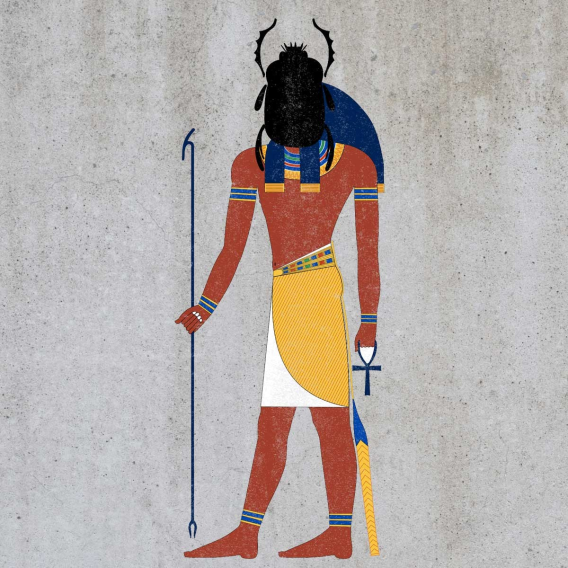
5. Livestock Pestilence (Exodus 9:1-7): The disease striking cattle challenged Hathor, a goddess associated with sacred cows.
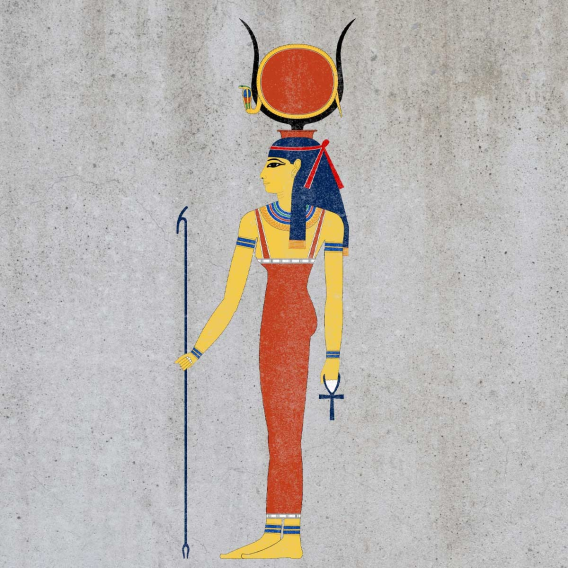
6. Boils (Exodus 9:8-12): The affliction of boils displayed superiority over Sekhmet, the goddess of healing and medicine.
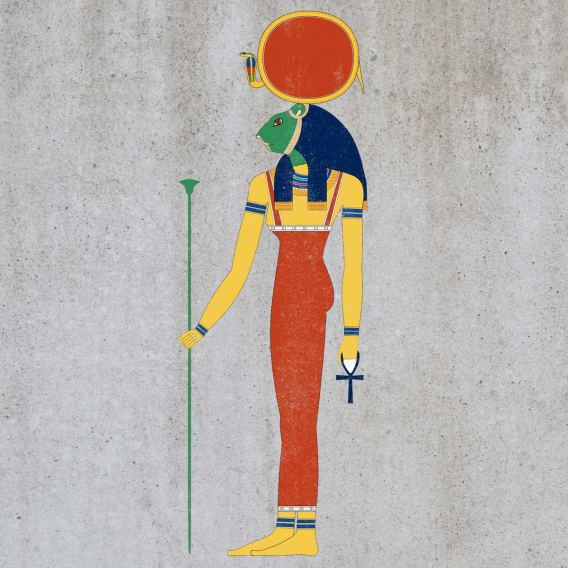
7. Hail (Exodus 9:13-25): The destructive hailstorm challenged Nut, the goddess of the sky.
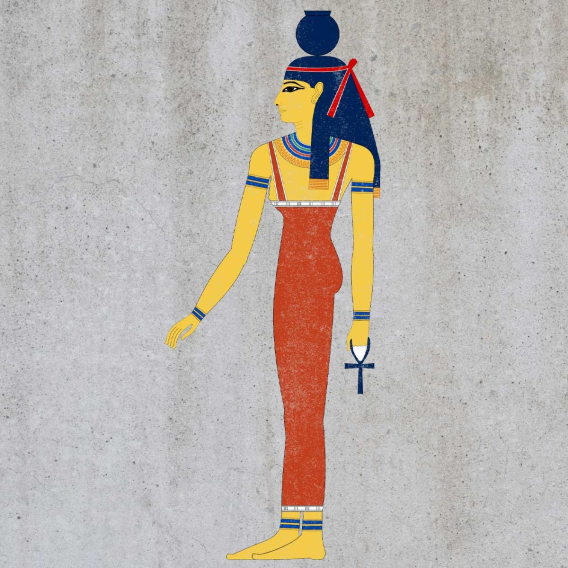
8. Locusts (Exodus 10:1-20): The devastation of crops demonstrated power over Seth, the god of chaos, and Osiris, associated with agriculture and fertility.
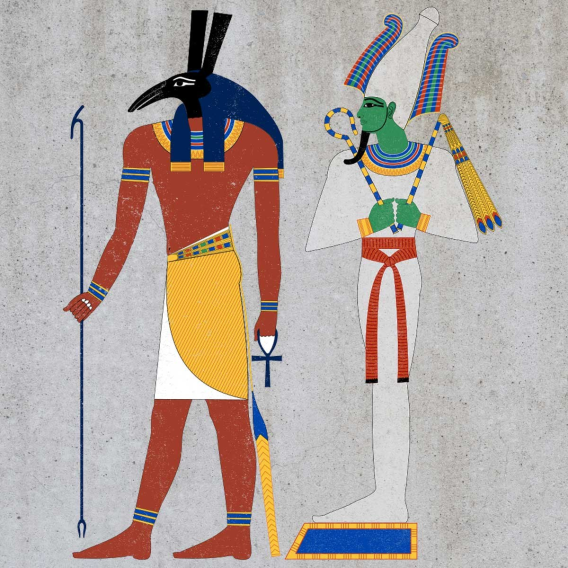
9. Darkness (Exodus 10:21-29): The three days of darkness showed dominance over Ra, the sun god.
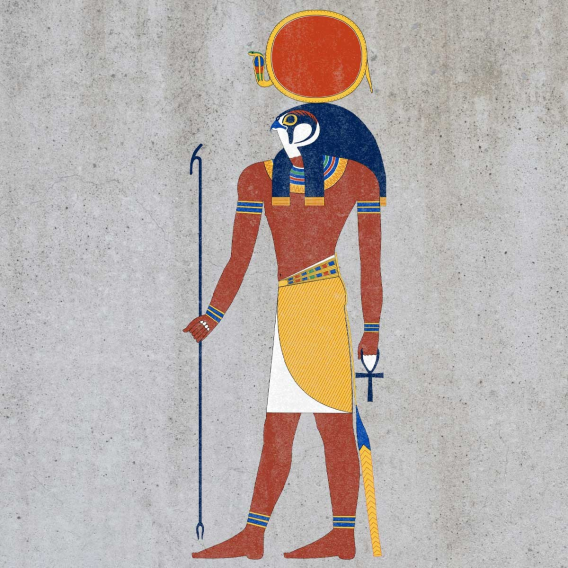
10. Death of the Firstborn, Heir to the Throne (Exodus 11:1-10; 12:29-32): The final plague struck at Pharaoh himself, believed to embody Horus, the god of kingship and dynastic rule.
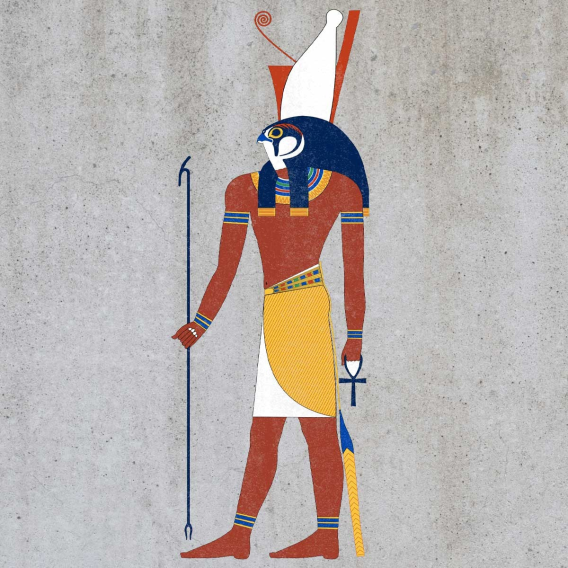
Indeed, as Jeremiah prophesied, “Thus shall you say to them: ‘The gods who did not make the heavens and the earth shall perish from the earth and from under the heavens.’” (Jer. 10:11) Both the New and the Old Testament accounts illustrate a recurring biblical theme: the triumph of the true God over false gods and pagan deities, demonstrating his ultimate authority over all creation.




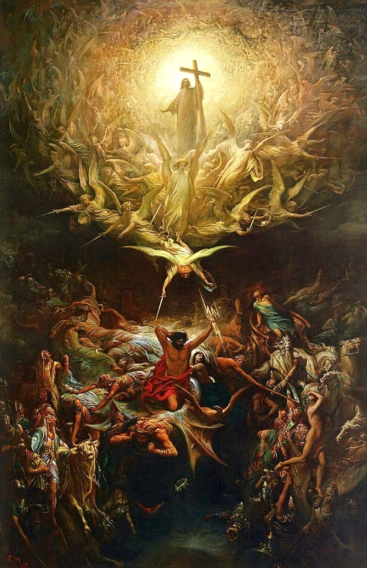









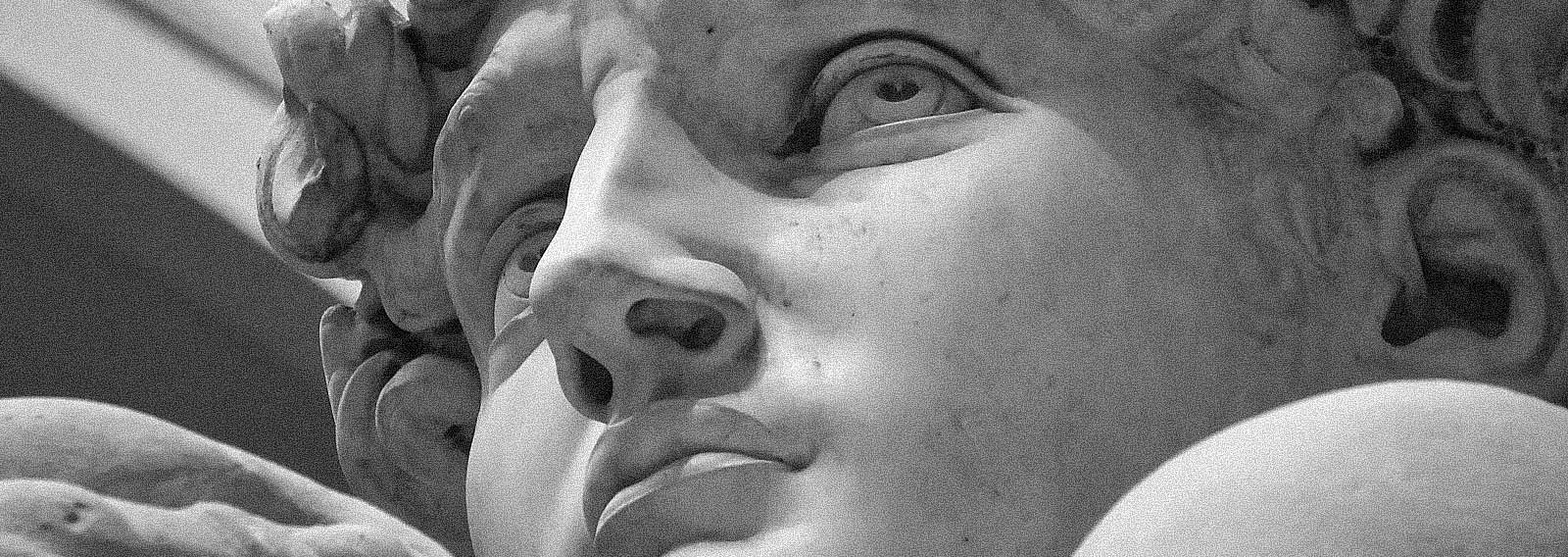









You must be logged in to post a comment.